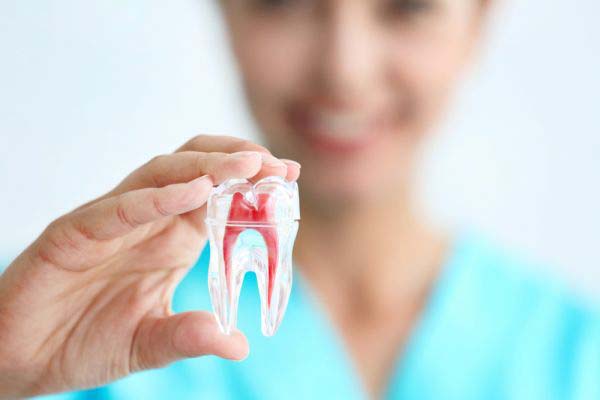What to Expect During Your Dental Implant Restoration Procedure

According to WebMD, millions of Americans have at least one dental implant. In fact, providing a single crown dental implant restoration has become the number one type of restorative procedure done according to the Mayo Clinic. With all these implants taking place, you might be next in line. But, what can you expect from your dental implant restoration procedure?
Before the procedure
If your dentist has told you that you need a dental implant restoration, the first thing will be to create a treatment plan. You and your dentist will discuss the options and make choices that are best for you. This may include additional care team members, such as an oral surgeon.
Assessment
Your dentist will discuss your general and oral health history with you. They will also examine any X-rays or CT scans available to determine the amount of bone you have in the area where the implant will be placed. If your bone quality or quantity is not sufficient, your dentist will probably offer you a bone graft procedure. The dentist or surgeon will perform the bone graft and remove any teeth needing extraction prior to implant placement. If no bone graft is necessary, teeth will be extracted on the same day as implant placement.
Pre-op prep
Your dentist may ask you to take antibiotics before the surgery as a preventative measure. They might also have you rinse with an anti-bacterial mouthwash several days prior to implant placement. This will help prevent inflammation and infection after the procedure.
Procedure and Aftercare
Dental implant restoration procedures are completed in two phases. The initial phase incorporates the surgical placement of the biocompatible implant. Phase two takes place several months later after the implant is completely fused to the bone. It involves the attachment of the restorative device to the implant.
Surgery
The surgery is generally not lengthy nor complicated. Your dentist will apply a local anesthetic to numb the gums before beginning. They will make a small incision in the gum to expose the bone beneath. A small, quiet drill is used to create space in the bone for the implant. Once the implant is inserted, the dentist will put a small “healing cap” on top of it and close the gum over it, usually with a couple of stitches.
Healing
The next phase of the process is the longest. Most dentists recommend two to six months of healing time. This allows the bone in your jaw to fully fuse with and incorporate the titanium implant. During this phase, you may have a temporary prosthetic tooth to fill the gap for your missing tooth. You will need to keep to a diet of soft foods and follow any other directions your dentist gives you in order to facilitate healing.
Placement
When the dentist believes the implant is secure, they will have you come back into the office for crown placement. At this appointment, you will also receive a local anesthetic so the dentist can open the gum above your implant. If the dentist is satisfied with the health of the gum tissue and the area surrounding the implant, they will attach a small piece called an abutment. This pieces screws into the implant and creates a place to attach the custom-made crown.
Aftercare
Unless you have problems or your dentist tells you otherwise, follow up care for a dental implant restoration is the same as for a regular filling procedure. Be sure to floss and brush your new tooth carefully until the gums heal from the placement. After that, maintain a healthy and regular schedule for oral hygiene and visits to your dentist.
Conclusion
Dental implant restorations are commonplace in dentistry today. If your dentist has recommended that you have the procedure, rest assured they will take good care of you at every step.
Are you considering a dental implant in the Honolulu area? Get more information at https://www.diamondheaddentalcare.com.
Check out what others are saying about our dental services on Yelp: Dental Implants.
Recent Posts
Dental implants are a popular choice for patients wanting to replace missing teeth. Formerly, partial dentures and dental bridges were the go-to treatments. However, implants have many advantages. They are more stable than removable dentures and typically last longer than bridges. Using this prosthesis, a dentist can replace a single missing tooth without disturbing any…
Dental implants are devices, usually made with titanium, that fuse with the jawbone and replace natural tooth roots. A common reason to get an implant is tooth loss due to tooth decay, gum disease, or an injury to the mouth. Some patients report that dental implants are a more natural-feeling alternative to full or partial…
For people with gaps in their mouth due to missing teeth, dental implants can be a great replacement method. Implants provide a wide variety of benefits, and they last a long time. However, the procedure is more invasive than others, and it is not a good option for every patient. When considering them as a…
The surgical procedure to place dental implants is similar to all others in that you need some time to recover from the operation. Implants require incisions, so the soft tissues will need to heal to seal up the wounds. In addition, the hard tissues of the jaw bone will also heal slowly, fusing the metal…


